Have you ever heard of the Sunny 16 Rule in photography? It’s a quick and easy rule to help you achieve proper exposure when shooting outdoors.. when it’s sunny, obviously. The problem is, you lose control of your aperture — you no longer can decide how much of your image is in focus. And, although your digital camera most likely has a built in light meter it can be fooled on a bright day when your scene contains large contrasts or if it contains shiny objects. When using the Sunny 16 rule, you assess the lighting and adjust accordingly, rather than allowing the camera to pick settings for you. Here’s how you do it:
(1) Set your camera’s aperture to f/16. (2) Next, set your ISO depending on how sunny it is — for this example, set your ISO at 400 (because it’s not overcast but not blindingly sunny either) (3) Set your shutter speed at 1/ISO setting — or 1/400 in this case. (So if you set your ISO to 100 — bright, sunny day and you don’t need to capture movement from wind or your subject’s fidgeting — your shutter speed would be 1/100.)
In the above photos taken out my front door (the good doctor probably thinks I’m a stalker), the one on the left was shot using the Sunny 16 rule (f/16, ISO 400, 1/400). The one on the right was shot in automatic mode — the camera chose ISO 400, f/11, 1/250… clearly the sunny 16 rule prevailed in this instance.
And there are other f rules too — sunset, f/4; snowy/sandy, f/22, slightly overcast, f/11; and heavy overcast, f/5.6 — all that apply the same ISO and shutter speed formula as in the Sunny 16 rule. Try them all!

